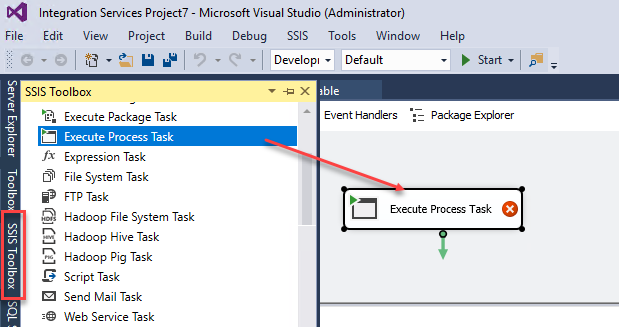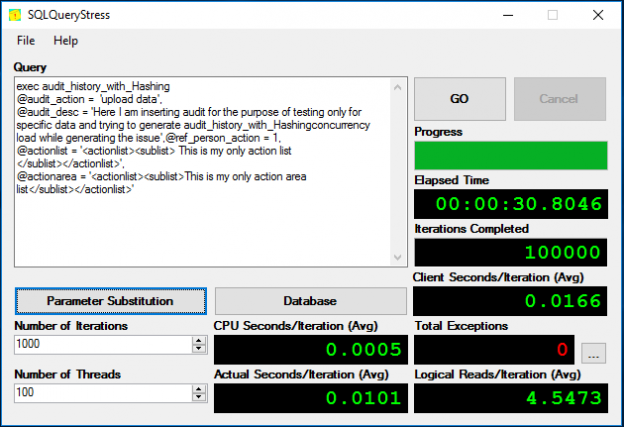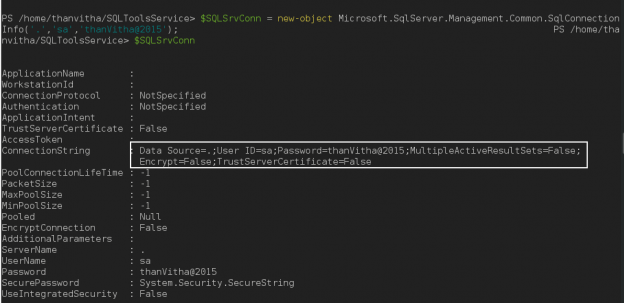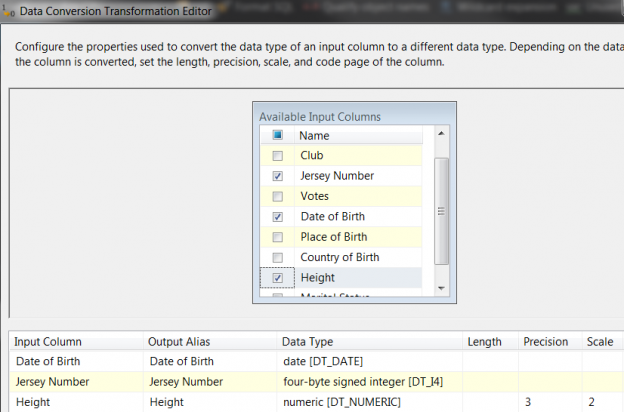Auditing is a key feature in any application or any system as it provides end users with better analysis for administrators. Apart from analysis, auditing can be used as a troubleshooting mechanism too. Apart from organizational reasons, there are compliance reasons for enabling auditing depending on the domain of operation.
Auditing is mainly about answering four questions, i.e. who, when, what and where. However, depending on the situation, it might be decided what questions of the mentioned four should be answered.
Read more »



































